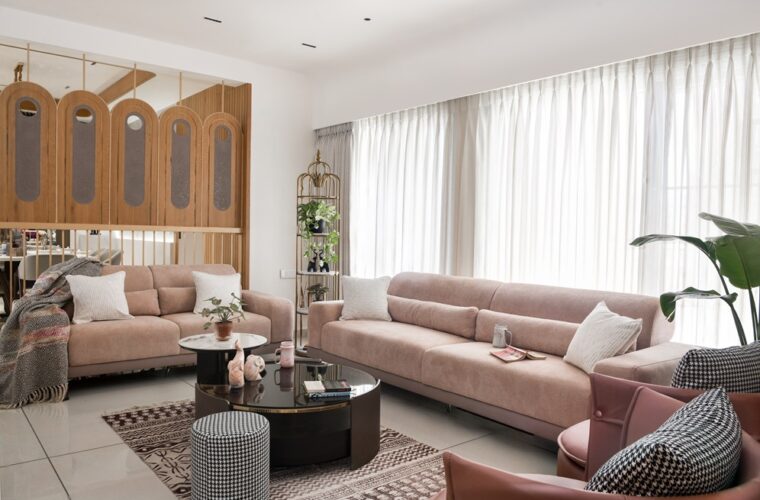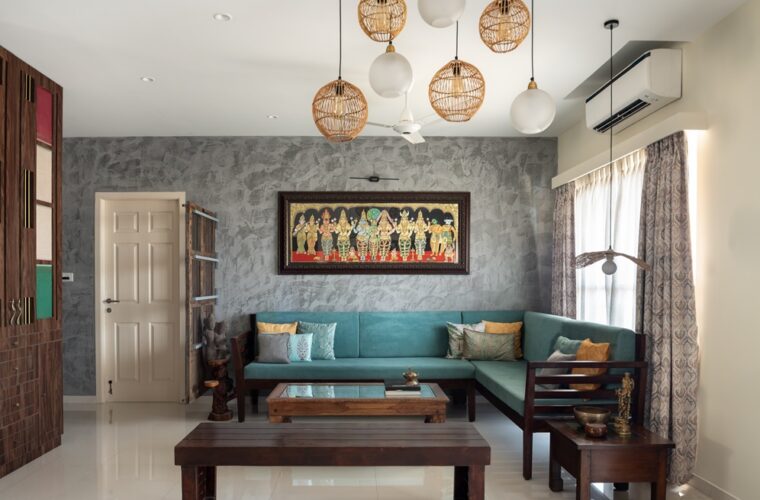Design, construct, furnish: Revolutionising tailored spaces
Text: Des. Hardesh Chawla, Principal Designer, Essentia Environments, New Delhi
In the evolving landscape of interior design, the ‘design, construct, furnish’ concept is an intellectual and operational evolution of tailored spaces. This holistic concept is a departure from disjointed methodologies, thus organising every design and construction aspect under a single roof. This article delves into the profound advantages of embracing this integrated approach, bringing in creativity and efficiency in personalised spaces.
- Synchronisation of vision
In the world of architecture and design, creativity is sometimes compromised as concepts travel from designers’ minds to real-world execution. With architects, designers, and furnishing specialists collaborating from the beginning, the synergy between form, function, and aesthetics remains intact till the completion of a project. The resulting environment, whether it’s a minimalist haven or an opulent escape, resonates with a unified narrative.
- Enhanced communication and collaboration
While constructing complex design projects, communication dictates success or setbacks. Here, architects and interior designers converse with structural engineers and craftsmen. This cross-disciplinary culture removes ambiguities and fosters creative dialogues, leading to real-time solutions for challenges. The benefits include streamlined workflows, reduced downtime, and a final product signifying diligent planning and execution.
mcorper mattis, pulvinar dapibus leo.
- Precision and quality control
With in-house teams, the integrated approach maintains a commitment to precision and quality. From selecting the raw materials to refining architectural details, each phase is subject to rigorous scrutiny. This methodical oversight ensures that the results resemble the design and maintains high standards of craftsmanship.
- Efficiency in resource allocation
The significance of the ‘design, construct, furnish’ approach extends beyond aesthetics, and moves into resource management. Unlike the conventional model that juggles multiple external entities, the integrated approach optimises resource allocation. Decisions are expedited, project timelines are met, and the careful balance between artistic expression and practical implementation is maintained. This efficient resource management extends to finances, potentially leading to significant cost savings by curbing the extraneous expenses often associated with outsourcing.










